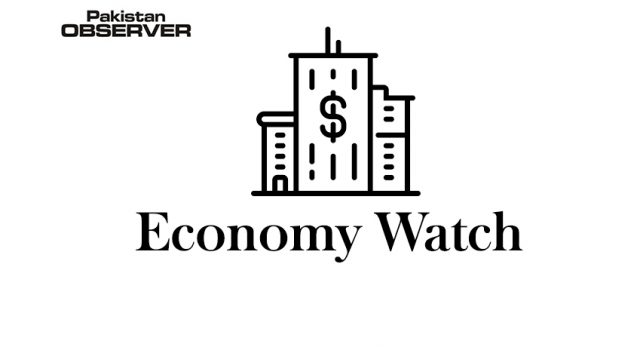Washington
How did economists bungle this one so badly? The monthly US jobs report can often surprise relative to projections, but forecasts have never been so spectacularly wrong as they were for May’s data out on Friday, raising the question of why this miss was so wide.
A record 2.5mn workers were added by employers during the month, compared with a median projection for a loss of 7.5mn jobs.
Of the 78 economists surveyed by Bloomberg, the most optimistic forecast called for an 800,000 decline. Their estimates also expected the unemployment rate to approach 20% – the highest since the Great Depression in the 1930s – when in fact it declined to 13.3%.
Playing a huge role in economists’ forecasts were floods of applications for jobless insurance and tens of millions of Americans still on benefit rolls – the extent of which the nation has never experienced in such a short time-span. Moreover, economists’ models probably failed to fully take into account the government’s relief response, specifically the Paycheck Protection Programme that provides firms funding to keep workers on staff.
“High frequency data – including mobility stats and small business openings – have been pointing to a trough in economic activity since mid-April,” Jefferies economists Aneta Markowska and Thomas Simons said in a note to clients. “Jobless claims did not fit with that picture, suggesting there was no positive follow-through to the labour market. We now know that claims were wrong. The May employment report was rock solid, with broad-based gains across many industries.”
Before this year, the biggest single-month miss on the payrolls report was 318,000 in February 2003, according to Bloomberg survey data going back to 1996.
The sudden nature of the downturn is putting a premium on real-time data to help produce more in-the-ballpark estimates for economic data.
“No data set that economists are using has this kind of black swan event available to them,” said David Gilbertson, vice president of strategy and operations at Kronos, a software and services company that tracks time-clock punches from clients that represent about 3.2mn US workers.
“There’s nothing in this data that gives an indication of what happens in an economy when this many jobs are lost this quickly. There’s nothing in their models to indicate what’s going to happen.” Kronos’s own data showed a bounce-back in hourly workers, particularly retail, leisure, and manufacturing jobs, starting in mid-April.
Gregory Daco, chief US economist at Oxford Economics, acknowledged the difference between this economic downturn, which is sharp and swift due to Covid-19 pandemic-related shutdowns, and others in the post-World War II era. The May numbers are encouraging, but at the same time, the jobless rate remains elevated and it will take time to get back to a pre-virus labor market, he said.
“It’s a very, very different animal – this recession – than prior recessions, and these types of surprises are likely to continue to occur because we’ve never been in this type of sudden hole in terms of economic activity,” Daco said. Forecasters “have to remain humble in the face of all the tremendous uncertainty.”
Michelle Meyer, head of US economics at Bank of America Corp, pointed to the 1.4mn jobs added in the restaurant industry and said, “maybe this is an indication that PPP is working and it’s being distributed to small businesses – restaurants – and they’re using it to bring workers back.”The difficulty of economic forecasting amid sweeping change has been cited by the Trump administration.
Treasury Secretary Steven Mnuchin has said repeatedly that the unprecedented situation makes it hard to predict where the economy has headed. The White House has canceled plans to release updated economic projections this summer for that reason.
The Federal Reserve, meanwhile, plans to proceed with issuing its regular quarterly forecasts next week, after skipping them in March when the pandemic was starting to rattle the economy.
On the jobs figures, one thing seems clear: it’s more difficult to get a real-time handle on hiring than on firing, especially when layoffs are temporary.
Another issue is that some workers are being counted on payrolls even if their hours or pay are minimal, said Betsey Stevenson, a University of Michigan economist who was the US Labour Department’s chief economist in the wake of the 2007-2009 recession.
“The problem is that Wall Street is used to predicting job loss due to a typical recession, not one in which people are temporarily sent home en masse,” Stevenson said.—Gulf Times










